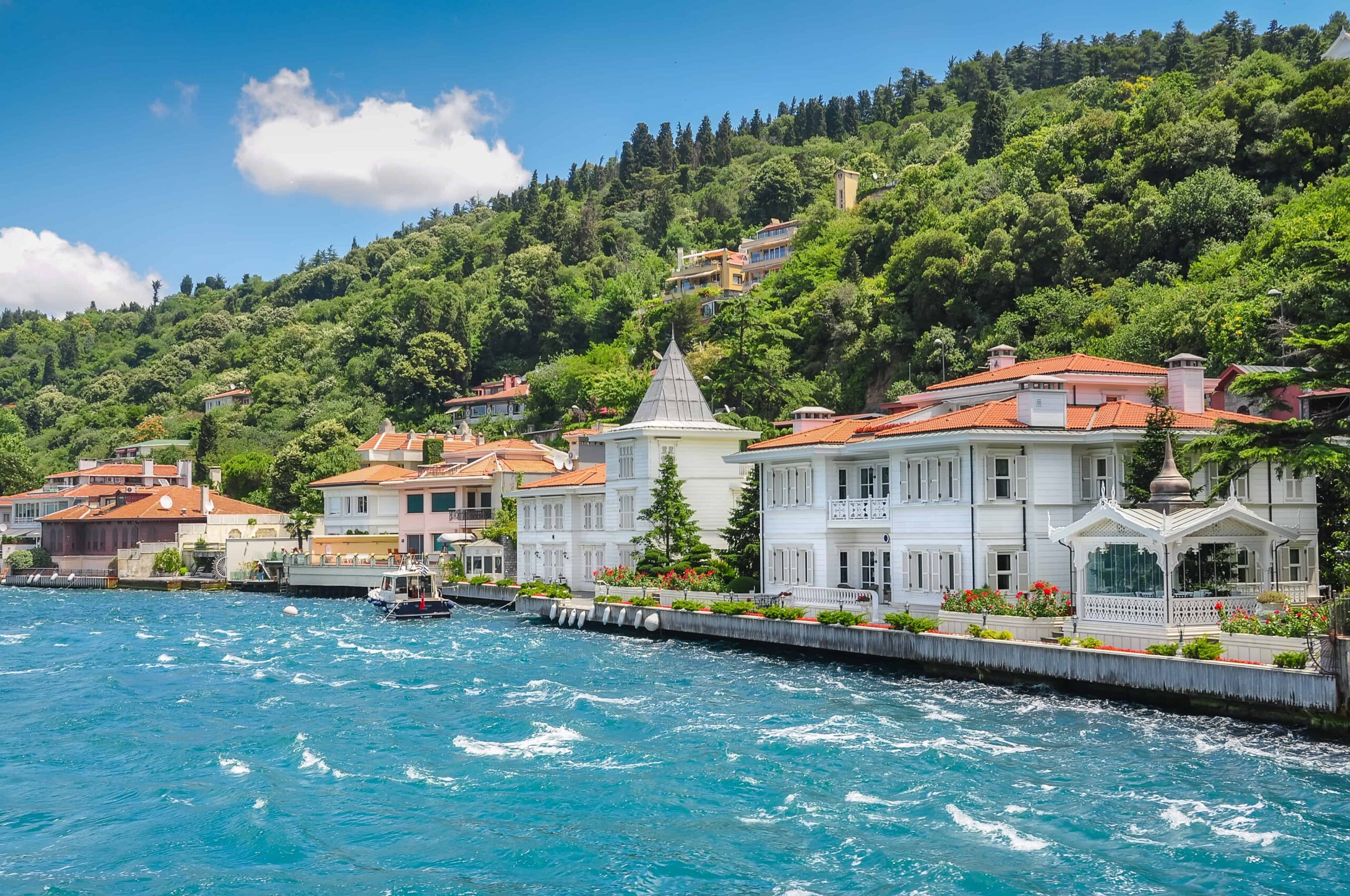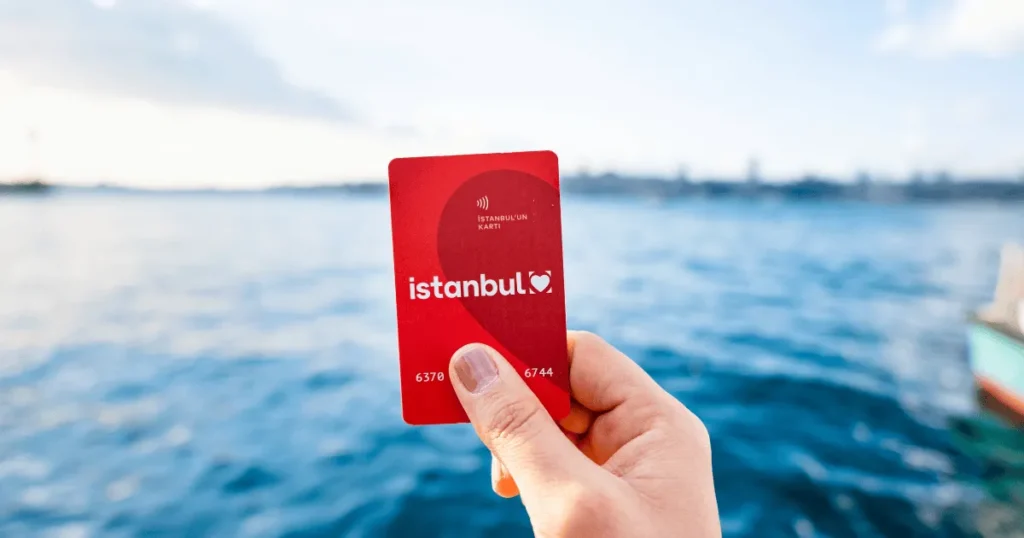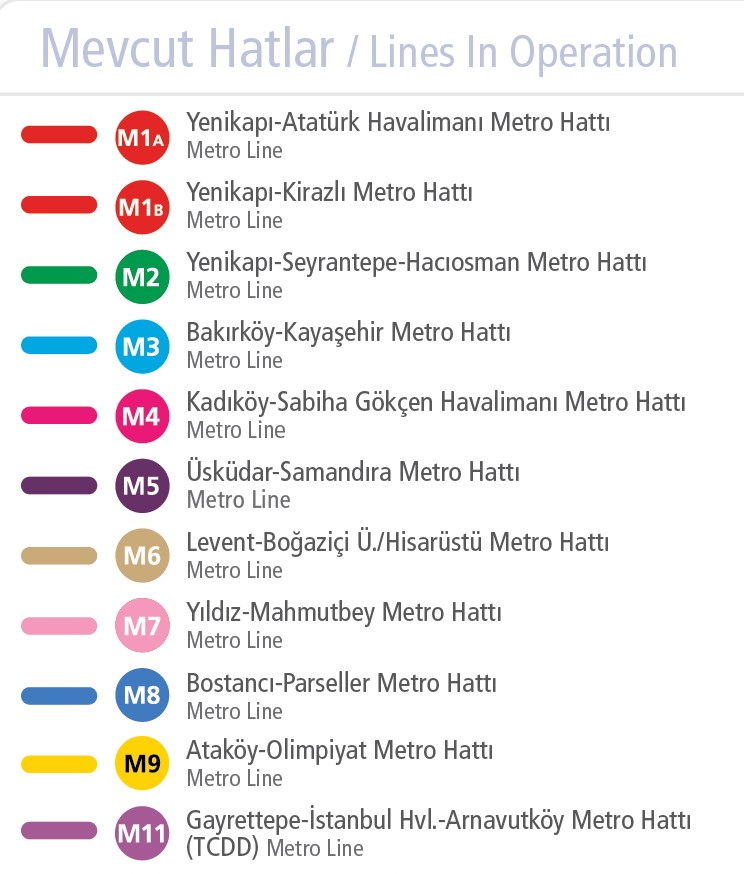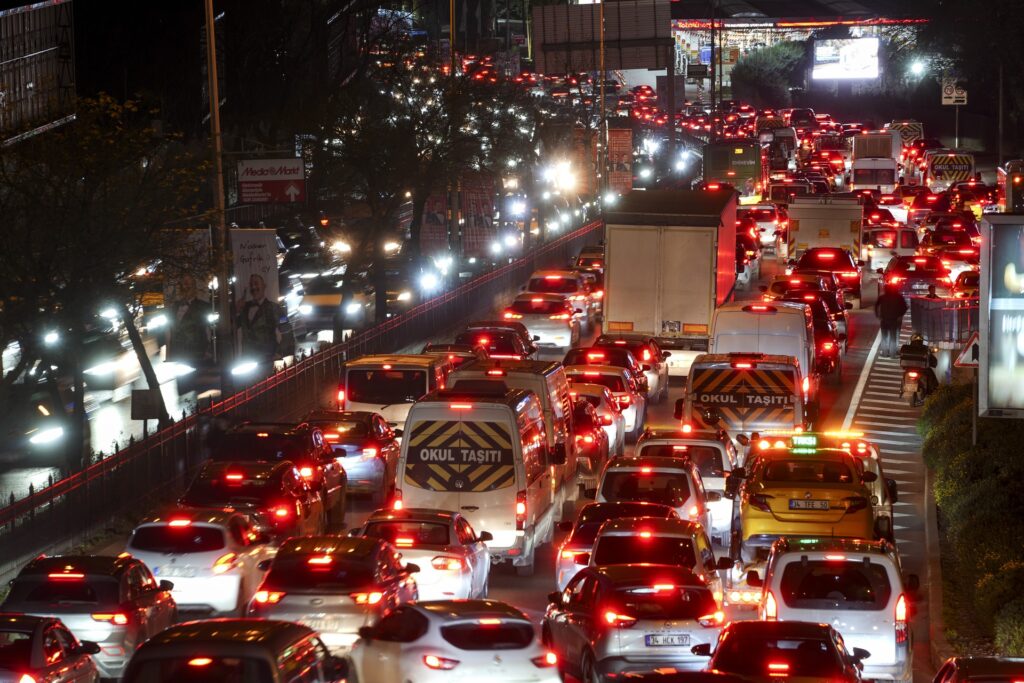
Istanbul Public Transportation
Let’s be honest: Istanbul is breathtaking, but it’s also a maze. With more than 16 million people and a transport network that looks like spaghetti on Google Maps, getting around can feel intimidating at first. Don’t panic — everyone gets lost in their first week. The trick is to learn how to get lost gracefully.
Here’s how to navigate the city’s wild mix of buses, metros, ferries, and trams without losing your patience.
Get an Istanbulkart — Your Golden Ticket
Before anything else, buy an Istanbulkart.
You can find it at almost every metro station, ferry port, or small kiosk with the yellow logo. It’s a prepaid smart card that works on;
- Buses
- Metros
- Trams
- Ferries
- Metrobuses
- Public toilets (yes, really).
You can top it up via:
• Kiosks or machines at stations (accepts cash or cards)
• Mobile apps: İstanbulkart app (you can link a foreign card
You can buy an Istanbulkart at major transport hubs (like metro stations, ferry ports) or kiosks. You can top it up at machines or via the mobile app İstanbulkart Mobil (available in English).
Tip: Always tap your card when boarding, even on free transfer lines. You’ll receive discounts for transfers within 2 hours.
Learn the Holy Trinity: Metro, Marmaray, and Metrobüs
Metro:
Clean, fast, reliable, and expanding constantly.
They connect Eminönü, Karaköy, Beşiktaş, Kadıköy, and Üsküdar, and cost about the same as a metro ride.
Tip: Evening ferries at sunset are pure magic — and cheaper than therapy.
Buses & Minibuses
Public buses cover nearly every neighbourhood but may get stuck in traffic.
Routes and schedules are available on the Moovit or IETT apps.
Minibuses (Dolmuş) are shared taxis with fixed routes. Payment is usually cash.
Taxis & Ride-Hailing
BiTaksi and iTaksi are the most reliable taxi apps in Istanbul.
Taxis are metered; ask for the meter to be turned on at the start of the trip.
Uber works in Istanbul but connects you with yellow cabs.
Tip: Avoid hailing taxis near tourist hotspots without an app—prices can be inflated.
Surviving Rush Hour (Without Crying)
Rush hour in Istanbul isn’t a joke — it’s a cultural experience.
Avoid these times if you can:
• Weekdays: 07:30–09:30 and 17:30–19:30
• Friday evenings: Everyone’s either escaping the city or heading out for dinner
If you must travel during peak hours:
• Take the metro instead of buses
• Stand on the right side of escalators (the left is for walking)
• Always have earphones and patience
Neighborhood-Specific Tips
If you live in:
• Beşiktaş / Etiler / Levent: Use M2 Metro or ferries from Beşiktaş.
• Kadıköy / Moda: Walk or use ferries, everything is close.
• Maslak / Ayazağa: Heavy traffic zone — metro or nothing.
• Zekeriyaköy / Tarabya: Not well connected; consider minibuses or private shuttles.
Driving in Istanbul
Driving is possible, but traffic and parking can be challenging.
You can use your foreign driving licence for up to 6 months.
After that, you must obtain a Turkish licence through conversion or testing.
Airport Transport
Istanbul has two major airports:
IST (Istanbul Airport) on the European side
SAW (Sabiha Gökçen) on the Asian side
Transportation options include:
Havaist airport buses (use Istanbulkart)
Metro (M11 line to IST is now operational)
Taxis and private transfers
Download These Lifesaving Apps
• Otobüsüm nerede: The Google Maps of Istanbul’s transport — shows live routes, delays, and fare info.
• Moovit: Perfect for tourists and new expats, with clear step-by-step instructions.
• BiTaksi or Uber: For when you give up and want a door-to-door ride.
• Martı: Rentable electric scooters for short trips (fun, but wear a helmet!).
Common Mistakes Every Expat Makes (and How to Avoid Them)
❌ Getting on the wrong bus because it looked right — check the route number twice.
❌ Forgetting to tap your Istanbulkart when transferring — it affects your discounted fare.
❌ Expecting English announcements everywhere — not all lines have them yet.
❌ Trying to catch a taxi during rain — everyone’s doing the same.
Life Saver Words
• “Durak” = Stop
• “Son durak” = Last stop
• “İndi-bindi” = Short ride with cheaper fare
• “Dolmuş” = Shared minibus (cheap but fast-paced adventure)
Survival phrase: “Burada inmek istiyorum” = “I want to get off here.”
Final Thoughts
Getting lost in Istanbul isn’t failure it’s part of the experience.
The good news is: once you master public transport here, you can navigate any city in the world.
So grab your Istanbulkart, charge your phone, and let the city’s rhythm guide you. Who knows you might just enjoy the ride.





